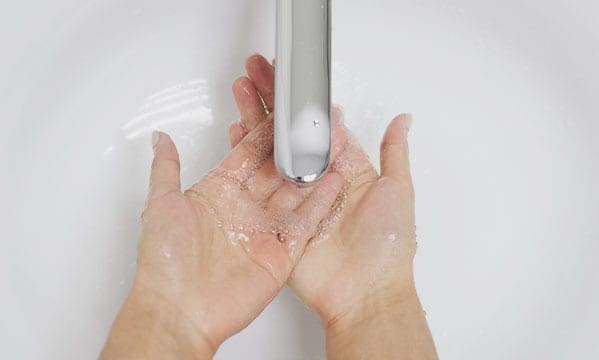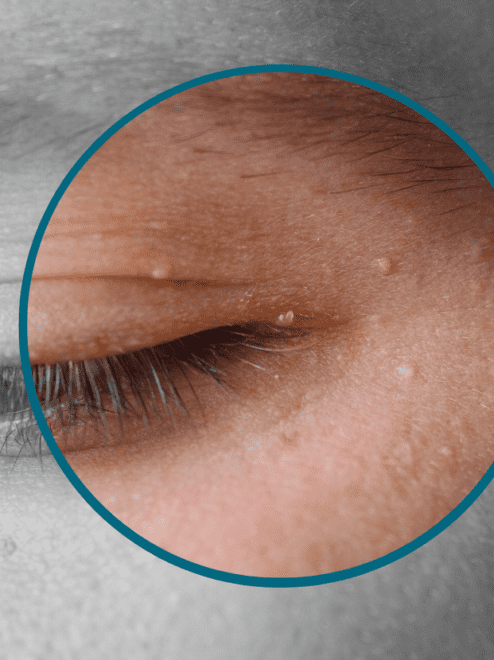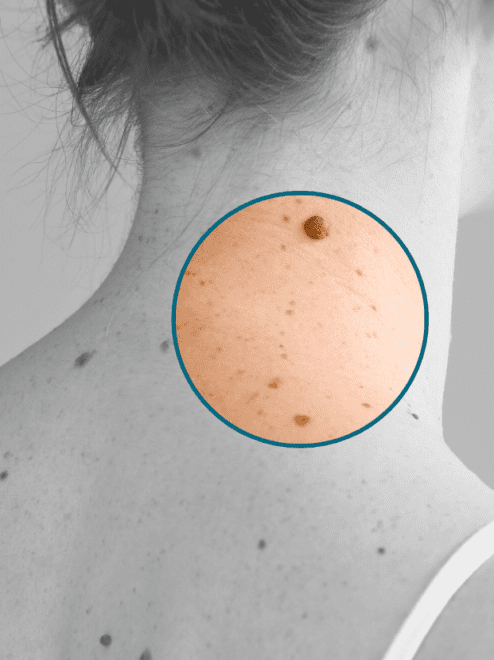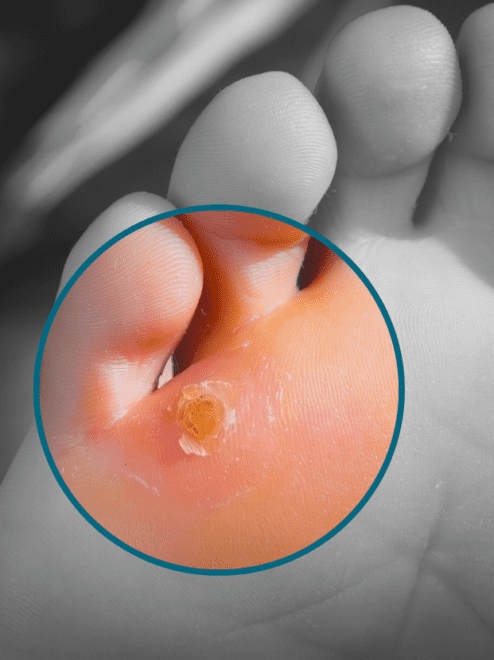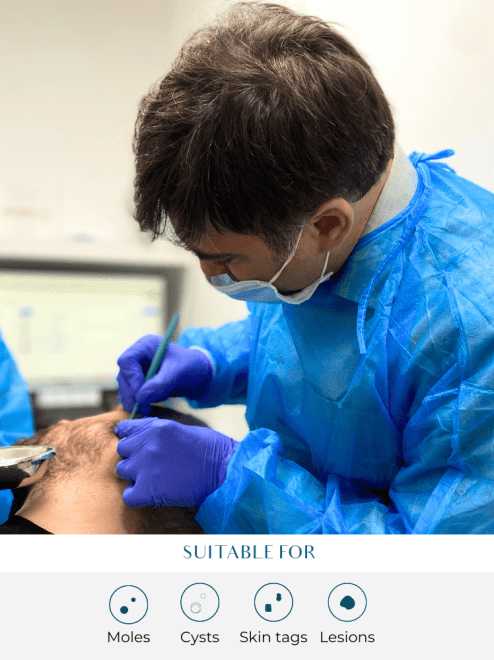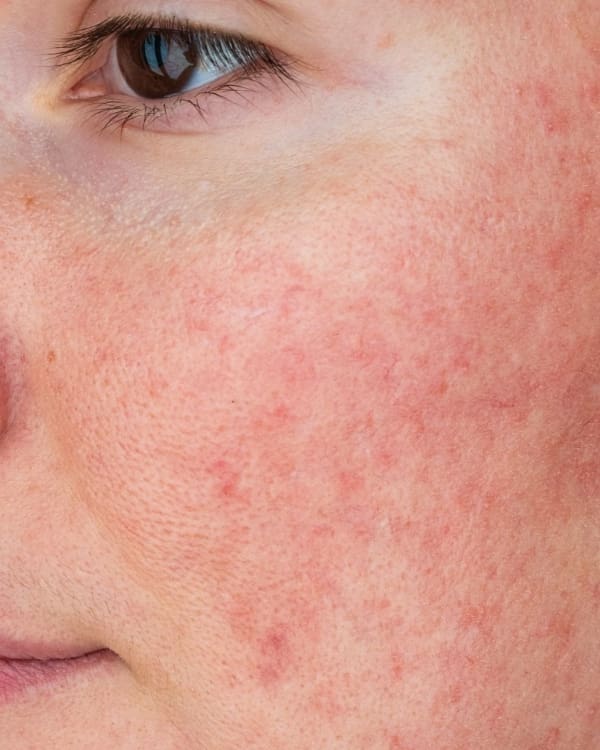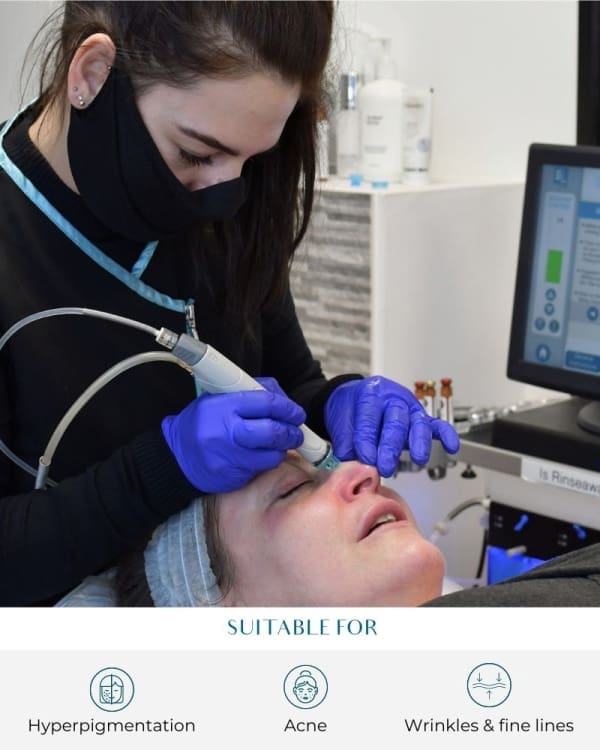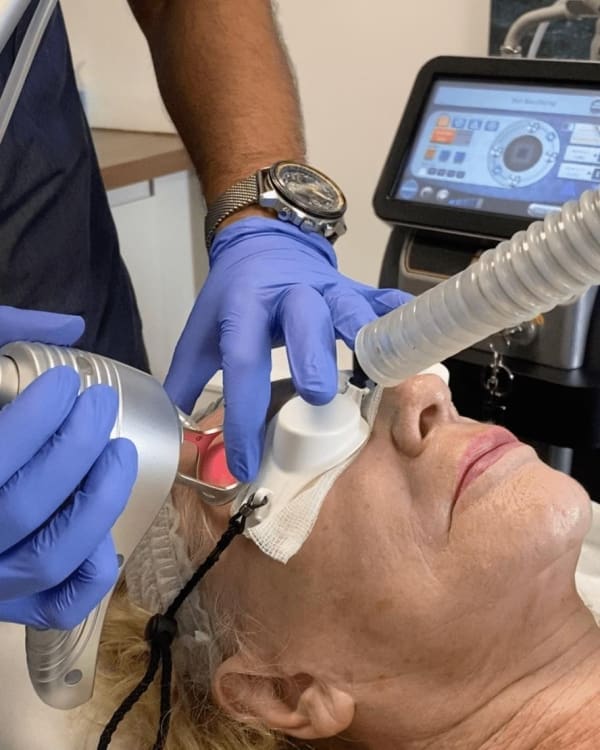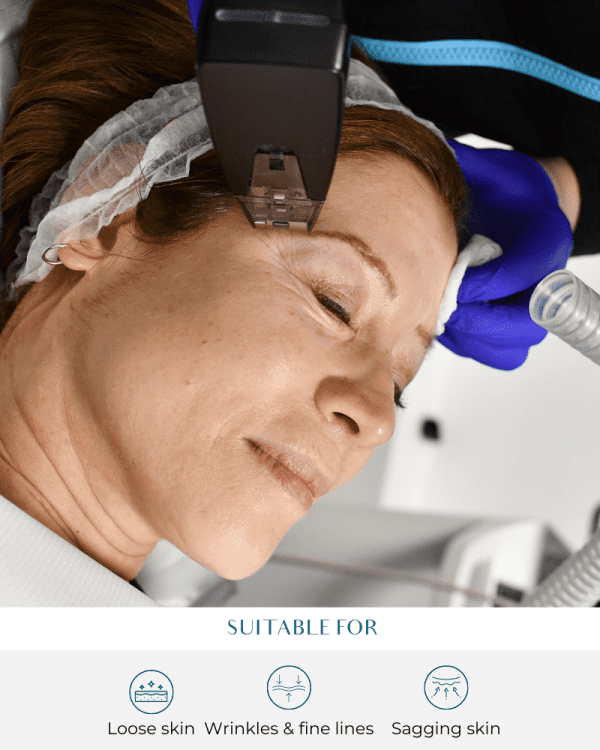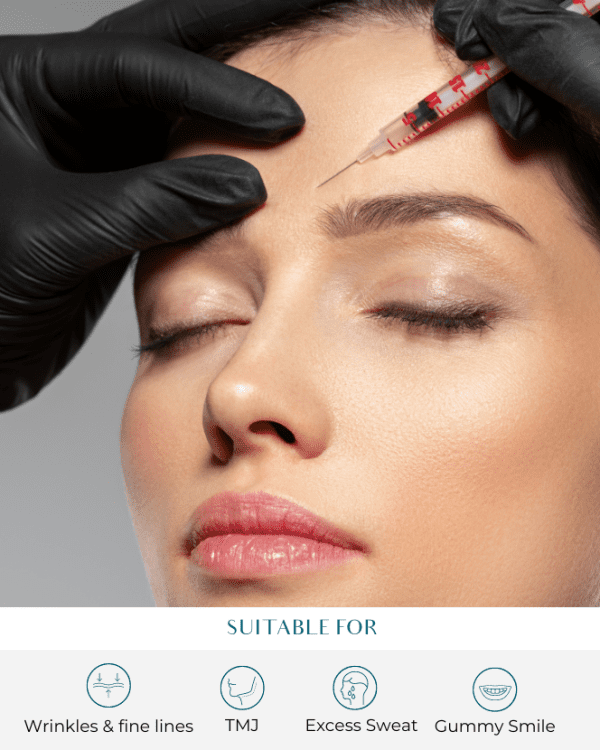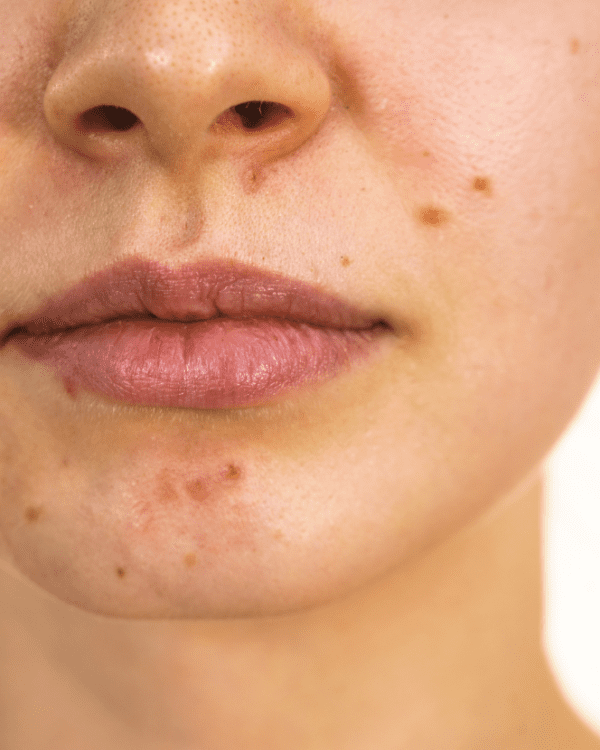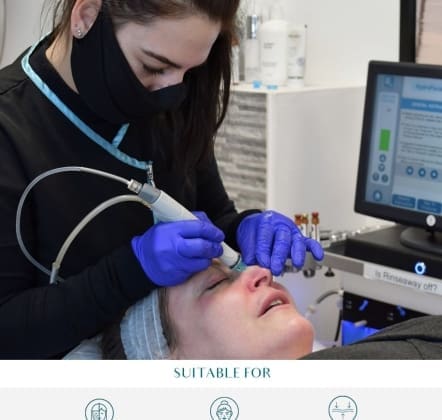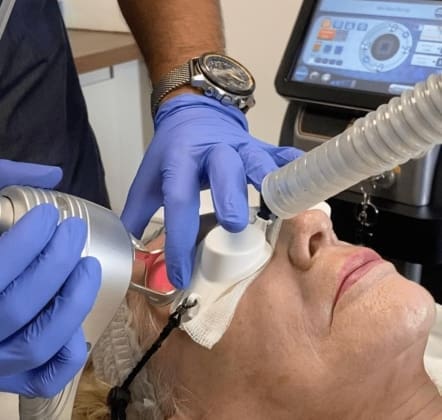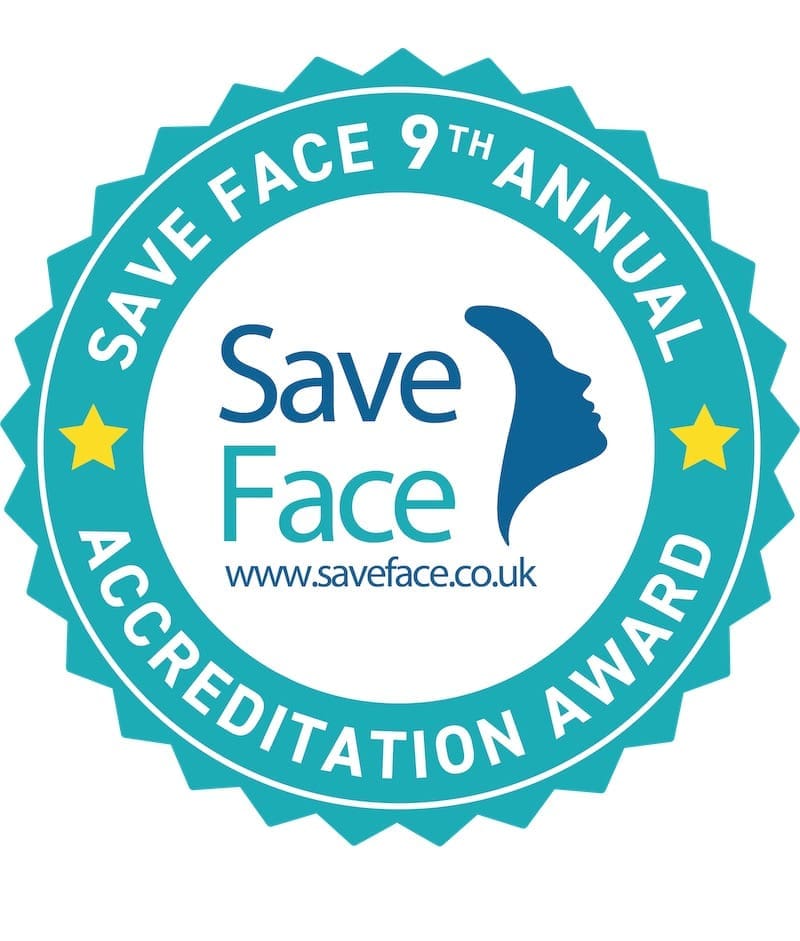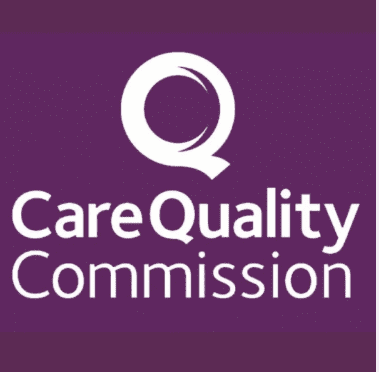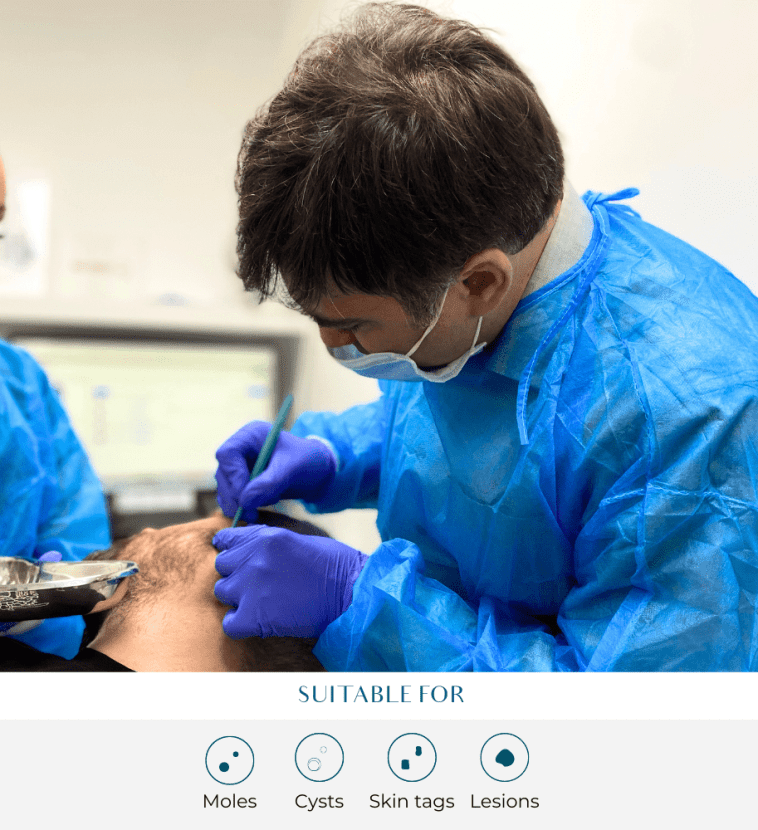
face/body/skin Treatment
Cyst Removal
You will receive the very best in skin care from initial assessment to treatment and follow-up. Our responsive virtual consultation service allows fast-track preliminary assessment and diagnosis, so we have more time to focus on your well-being.
Cysts are a common type of skin lesion. They are round lumps under the skin that are usually filled with fluid, which makes them hard to touch. Cysts will not usually go away by themselves, but they are also not dangerous but can be uncomfortable. They can become inconvenient if they catch on clothes or you may accidentally cut them whilst shaving.
What are Cysts?
Cysts are abnormal, fluid-filled sacs that can form in various parts of the body, including the skin, organs, and tissues. These sacs are usually benign (non-cancerous) and can contain fluid, air, or semi-solid material. Cysts often develop due to blockages in the skin’s oil glands or hair follicles, leading to the accumulation of dead skin cells and other debris. In some cases, infections, injuries, or genetic predispositions can also cause cysts to form. Understanding the nature of cysts is the first step in addressing them effectively.
Types of Cysts
There are several types of cysts, each with unique characteristics and causes:
- Epidermoid cysts (also known as sebaceous cysts): These are the most common type of cyst, forming when the skin’s oil glands become blocked. They often appear as small, round lumps under the skin.
- Pilar cysts: These cysts occur when hair follicles become blocked and are more common in individuals with a family history of the condition. They typically develop on the scalp.
- Ganglion cysts: These fluid-filled sacs form around joints, often becoming inflamed and causing discomfort.
- Breast cysts: These cysts develop when the milk-producing glands in the breast become blocked, leading to fluid accumulation.
- Ovarian cysts: These cysts form on the ovaries and can vary in size and severity, sometimes causing pain or other symptoms.
- Milia cysts: These small, white bumps occur when dead skin cells become trapped under the skin, often appearing on the face.
Understanding the different types of cysts can help in identifying the most appropriate treatment options.
Cyst Removal Methods
There are several methods available for removing cysts, each tailored to the specific type and location of the cyst:
- Surgical procedure: This common method involves making a small incision in the skin to remove the whole cyst. It is often used for larger or more problematic cysts.
- Drainage: This technique involves making a small incision and draining the fluid from the cyst. It is typically used for cysts that are not deeply embedded.
- Fine-needle aspiration: This method uses a thin needle to drain the fluid from the cyst, often used for cysts in sensitive areas.
- Laser cyst removal: This advanced technique uses a laser to create a small hole in the cyst, allowing the fluid to drain out.
- Cortisone injection: This involves injecting cortisone into the cyst to reduce inflammation and shrink it, often used for cysts that are inflamed or painful.
Each method has its advantages, and the choice of treatment will depend on the specific characteristics of the cyst.
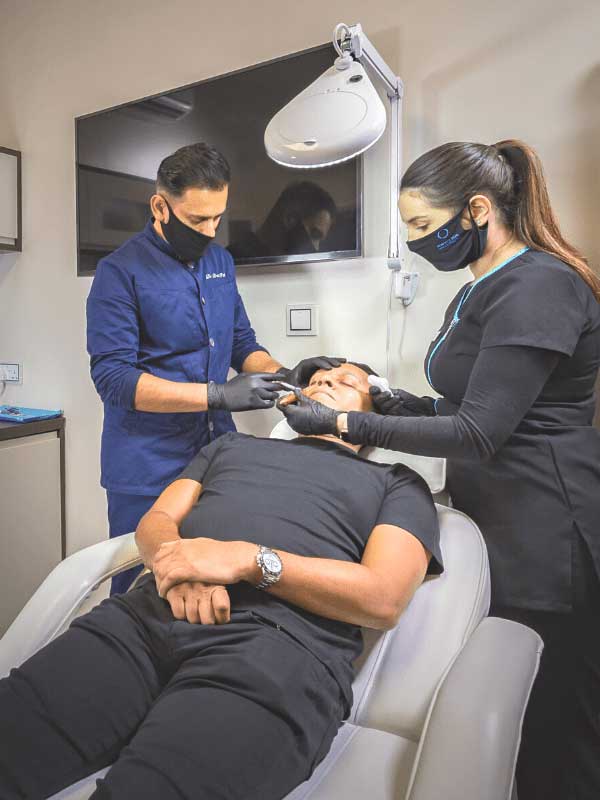

Why choose Perfect Skin Solutions for your Cyst Removal?
Our expert Doctors have performed over 2000 procedures whether it be for private, NHS, or the military – you know that you are in safe hands when you visit our clinic. As a gold standard in addition to cosmetic removal, the clinic also offers private Histology lab testing. Our primary principle is to do the least invasive treatment to get the job done, thereby ensuring the best possible cosmetic outcome. We are also registered with the Care Quality Commission to carry out such procedures.
Get in contact















